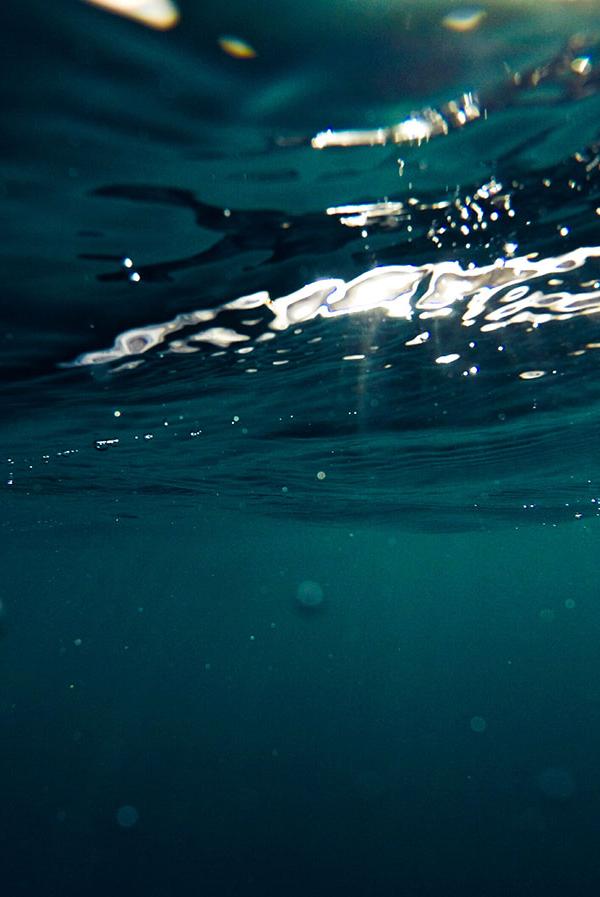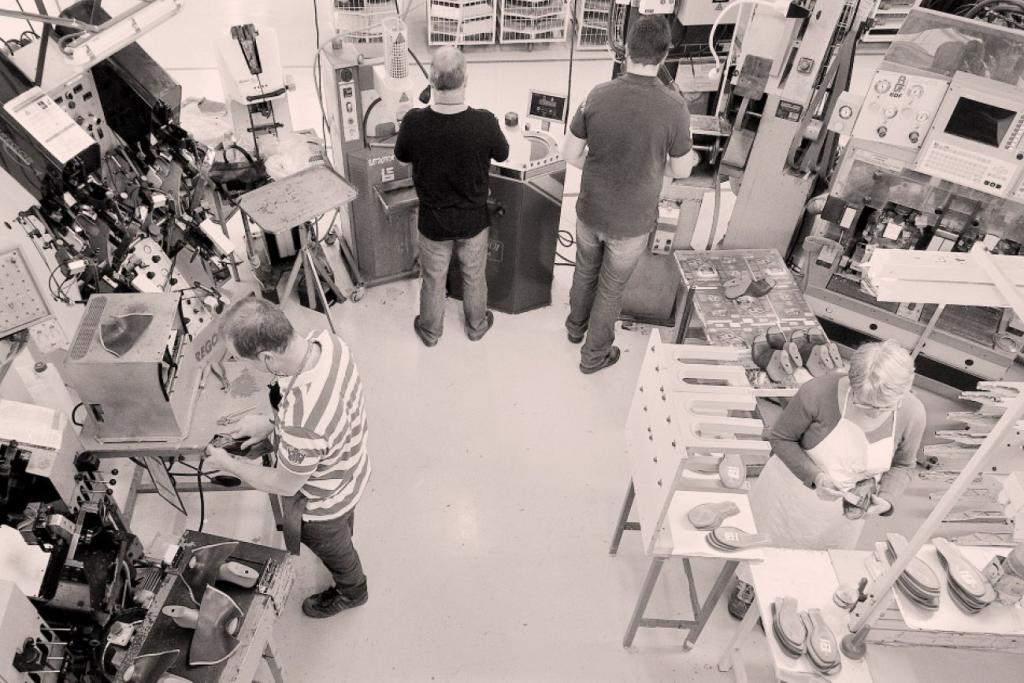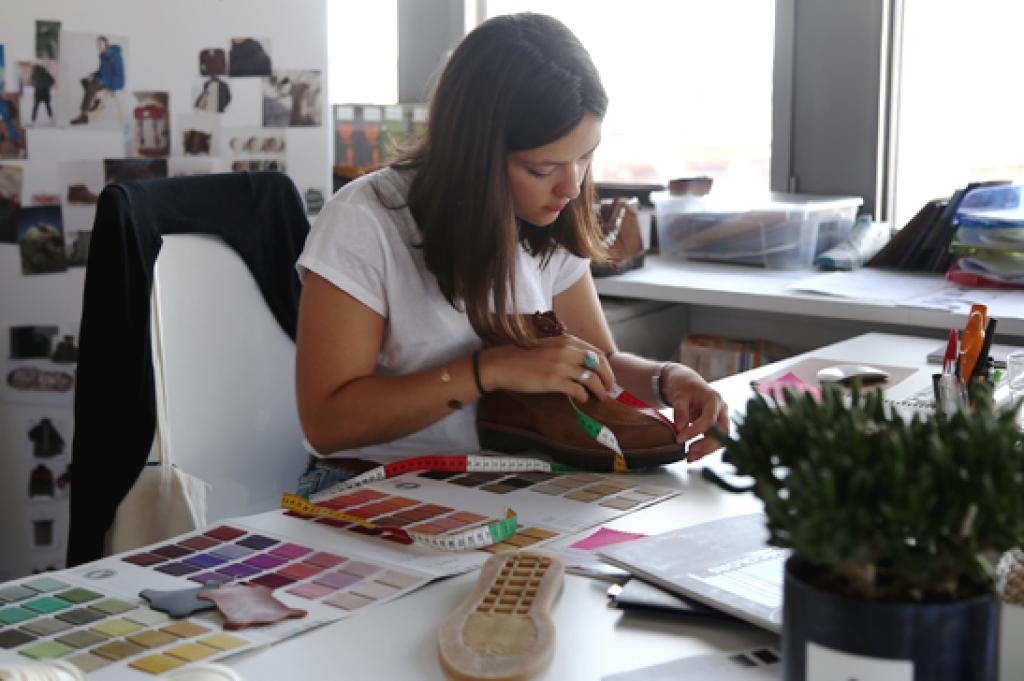Context and description
In Europe, an item of clothing is worn for an average of 3.3 years. Extending product life duration permits recourse to new items to be reduced, significantly influencing the environmental impacts linked to production.
To extend product life duration, three main levers can be activated:
• Improve product sustainability (its quality, its capacity to be repaired, its guarantee, its multi-functionality);
• Give the product a second lease of life thanks to repair and reuse ;
• Optimise usage, thanks to good product care or product sharing between several users.






